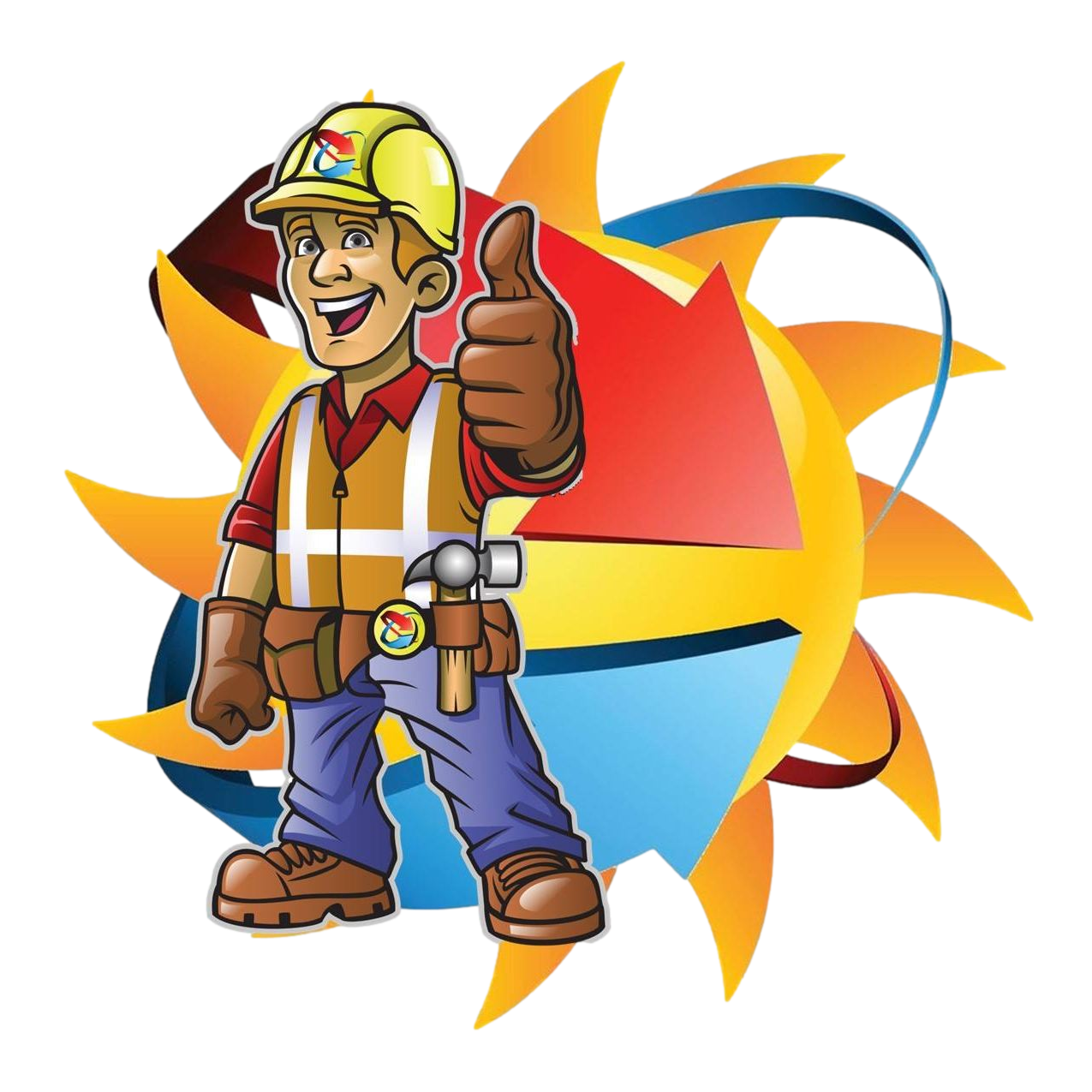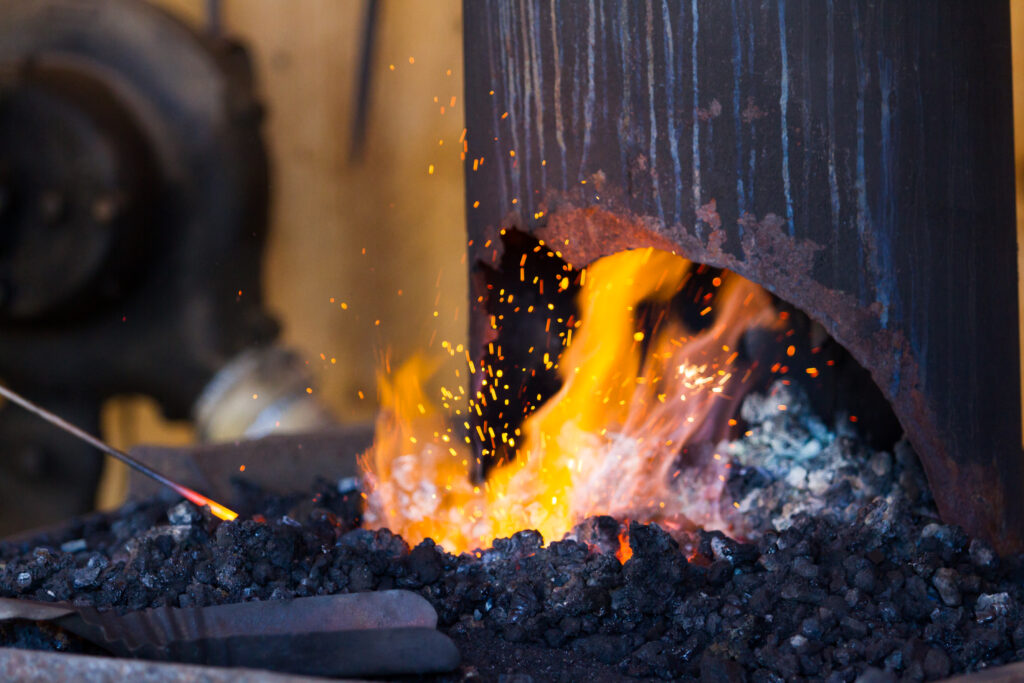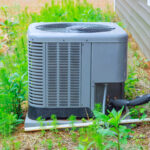Furnaces have been a cornerstone of human civilization, providing warmth and comfort during harsh winters for thousands of years. Their evolution reflects humanity’s ingenuity and technological progress, from simple fire pits to advanced heating systems that combine efficiency, safety, and environmental sustainability. This article traces the fascinating journey of furnaces and how they have shaped the way we live.
The Earliest Forms of Heating
The concept of centralized heating can be traced back to ancient civilizations. In ancient Rome, for instance, the hypocaust system was developed around the first century BCE. This innovative system used a network of tunnels beneath floors to circulate hot air, heating public baths and wealthy homes. The hypocaust represented one of the earliest attempts at creating a central heating system, though it was labor-intensive and limited to affluent society.
Other early heating methods included open fireplaces and clay stoves, which were common in medieval Europe. While these methods provided localized heat, they were inefficient, as much of the warmth escaped through chimneys or open spaces. Additionally, the smoke and soot from burning wood or coal posed significant health hazards.
The Advent of Modern Furnaces
The Industrial Revolution in the 18th and 19th centuries marked a turning point in furnace technology. Innovations in metallurgy and engineering enabled the creation of cast-iron stoves and coal furnaces. These systems were more efficient than open fireplaces, as they could retain and distribute heat more effectively.
In the mid-19th century, the development of steam heating systems further advanced furnace technology. Boilers heated water to create steam, which was then distributed through pipes to radiators in individual rooms. This innovation paved the way for centralized heating systems, making it easier to heat larger buildings such as factories, schools, and homes.
The Introduction of Gas Furnaces
The early 20th century saw the introduction of gas-powered furnaces, which quickly gained popularity due to their convenience and efficiency. Unlike coal, natural gas burns cleaner and requires less maintenance, eliminating the need for labor-intensive tasks like shoveling coal and cleaning out ash.
By the mid-20th century, forced-air gas furnaces became the standard in residential heating. These systems used blowers to distribute warm air through ducts, ensuring even heating throughout a home. Thermostats allowed homeowners to control the temperature with ease, further enhancing comfort and convenience.
Technological Advancements in the Modern Era
Today’s furnaces are a far cry from their primitive predecessors. Modern systems prioritize energy efficiency, environmental sustainability, and user convenience. High-efficiency furnaces, often equipped with variable-speed blowers and condensing technology, can achieve efficiency ratings of up to 98%. This means less fuel is wasted, reducing both energy bills and carbon footprints.
The integration of smart technology has also revolutionized furnace operation. Smart thermostats allow users to control their heating systems remotely, optimizing energy use based on daily routines. Many furnaces now come with diagnostic systems that alert homeowners to potential issues before they escalate, ensuring reliable performance.
The Future of Furnaces
As the world grapples with climate change, the furnace industry is moving toward greener alternatives. Heat pumps, which use electricity to transfer heat rather than generate it, are gaining traction as an eco-friendly alternative to traditional furnaces. Additionally, renewable energy sources such as solar and geothermal power are being integrated into heating systems, reducing reliance on fossil fuels.
Conclusion
The evolution of furnaces highlights humanity’s continuous quest for comfort, efficiency, and sustainability. From ancient hypocaust systems to modern smart furnaces, heating technology has undergone remarkable transformations. As we look to the future, innovations in renewable energy and smart technology promise to make furnaces even more efficient and environmentally friendly, ensuring that they remain an integral part of our homes for generations to come.




